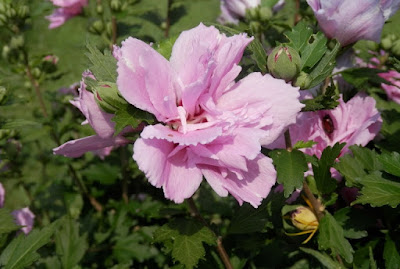Why standard roses?
The creation and growing of standard roses is not just gardening, but a form of art.
The planting of standard roses involves a simple technique where you join three rose bushes to a stem. However, the art part involves the numerous combinations that you can employ to turn your backyard into an artistic piece.
There are a few plants or roses that will give you the freedom to experiment with various combinations and bring out your creativity.
What do you need?
Of course, you will need a backyard that is not too congested with good lighting. Here are the things that you will need:
- Clay pots (the number will depend on the size of your backyard)
- Gardening tools (you should check out these small garden budget ideas)
- Commercial shrubs and roots ready for planting
- Soil (most types will do except sandy soil)
How do you go about it?
See this video:
- Arrange the pots in the yard in any pattern of your liking.
- Ensure the pots are in an open space with direct sunlight.
- Put the soil in the pots and ensure the pots are adequately watered.
- Make holes 25 cm deep in the soil.
- Place the roots in the holes.
- Water the plant and then cover with soil.
- Ensure the point of budding is 25 mm above the ground level.
- Insert a supporting stick in the soil.
- Join the shrubs to the root section.
- Tie the standard roses to the supporting stick in a flexible manner.
- Cover the soil with mulch to reduce water loss.
- Water again thoroughly.
- Wait for the roses to bud.
If you fail to water the roses regularly then they will not bud.
The primary reason most people fail when growing standard roses is that they forget that the plants need water. If you feel that you have a busy schedule and will not always be available to water the roses, then it is advisable to find someone who can help you with the task.
What to Avoid
- Avoid using any form of fertilizer until you see roses budding.
- Do not let the roots dry during any stage in the planting process.


